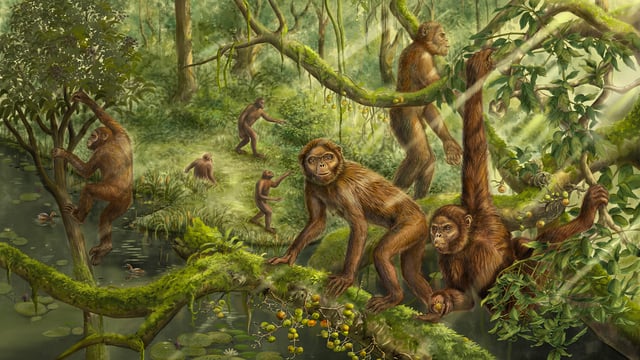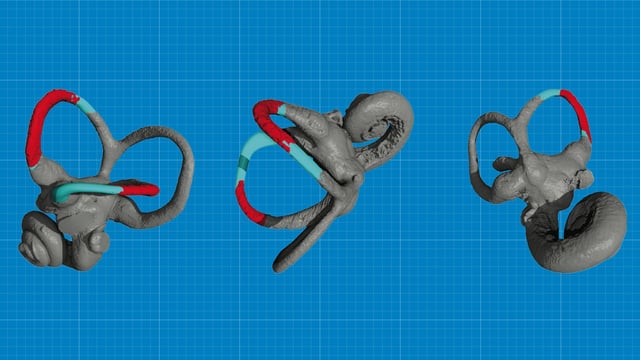Overview
- New research using three-dimensional CT scans of the 6-million-year-old ape, Lufengpithecus, offers insights into the evolution of human bipedalism.
- The study suggests a three-phase evolution of human bipedalism, starting from arboreal movement in trees to a combination of climbing, forelimb suspension, and terrestrial quadrupedalism.
- The research indicates that climate change around 3.2 million years ago may have accelerated the evolution of locomotor diversity in apes and humans.
- The study focused on the bony inner ear region of Lufengpithecus skulls, using advanced imaging to reveal locomotor patterns.
- The size and shape of the semicircular canals in the inner ear correlate with how mammals, including apes and humans, move around their environment.

